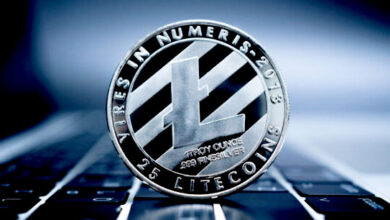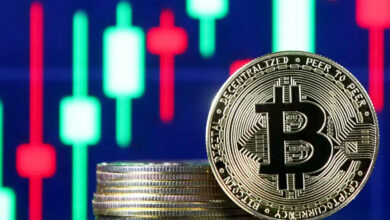Crytocurrency
A business leader explains why protecting against NFT fraud falls on the brand and not the marketplaces.

One executive in the industry said that brands are much more responsible for protecting NFT investors than nonfungible token (NFT) marketplaces.
In an interview with Cointelegraph on Oct. 12, BrandShield CEO Yoav Keren said that brands that give out NFTs should take the first step to protect themselves and potential investors from fraud.





